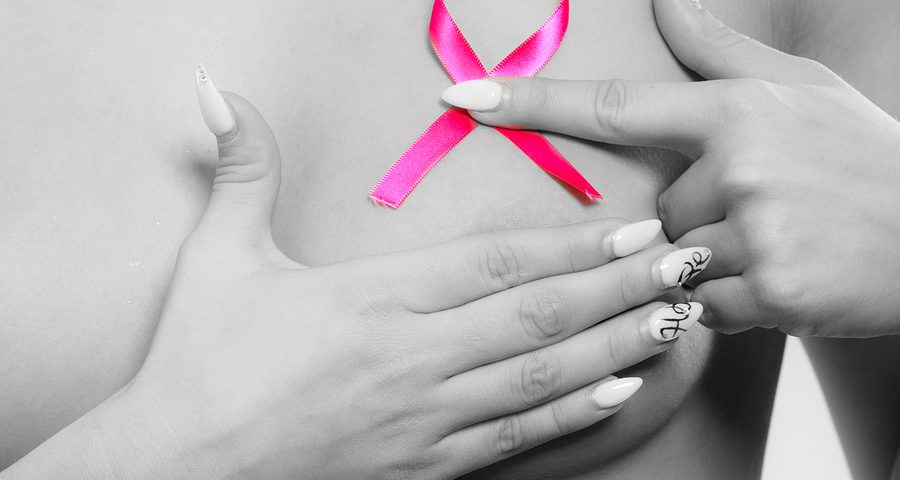How to Perform a Self Breast-Exam

We’re all aware of breast cancer, especially during the month of October which is Breast Cancer Awareness Month. With today’s technology, screening abilities and the global success of its annual awareness campaign there have been many groundbreaking discoveries and medical advances in treating breast cancer. But one of the most important (and most basic) things to do in order to maintain breast health and ensure that cancer is detected and treated as soon as possible is free, non-technology based and you don’t need to wait for a doctor’s appointment to get it done – it’s a breast self-exam.
While breast self-exams (BSEs) are not a reliable form of detection, about 40% of breast cancers are discovered not through mammograms but by women noticing lumps or other changes in their breasts.
Women should begin doing a monthly breast self-exam at the age of 20, and should have an annual mammogram beginning at age 40. In your 20s and 30s, you should have a breast exam by your doctor once every three years, and after age 40 you should have one every year.
It is normal for your breasts to change throughout your cycle, so it’s important to check your breasts at the same point each month. Your breasts are likely to be least tender just after your period ends, so you might want to do it then. If you no longer menstruate, pick a day that’s easy to remember, like the first of every month.
First look at your breasts in the mirror. Look for skin dimpling, puckering, redness, or anything that looks different or unusual.
Now feel for changes. It used to be recommended that breast self-exams be done in the shower, but we now know that it is easiest to do when lying down because the breast tissue spreads out most thinly and evenly this way. Lie down on your back and lift one arm above your head. Use the pads of the middle three fingers on your other hand to feel for any differences. Breast tissue extends beyond just the breast, so make sure to feel your chest and under your arms, down to your ribs and up to your collarbone. Go over each breast three times, using light pressure, medium pressure and firm pressure. Use a grid pattern to make sure you don’t miss any areas.
If you see or feel anything out of the ordinary, talk to your doctor about it. Don’t wait – early detection is key. The sooner cancer is diagnosed, the sooner treatment can begin and the better the chances of survival and recovery.
Remember, even if you do find a lump in your breast, it is not necessarily cancer. In fact, most times it isn’t. But it’s better to be safe than sorry, so get it checked out to either put your mind at ease or find out what you need to do to get started with treatment.
